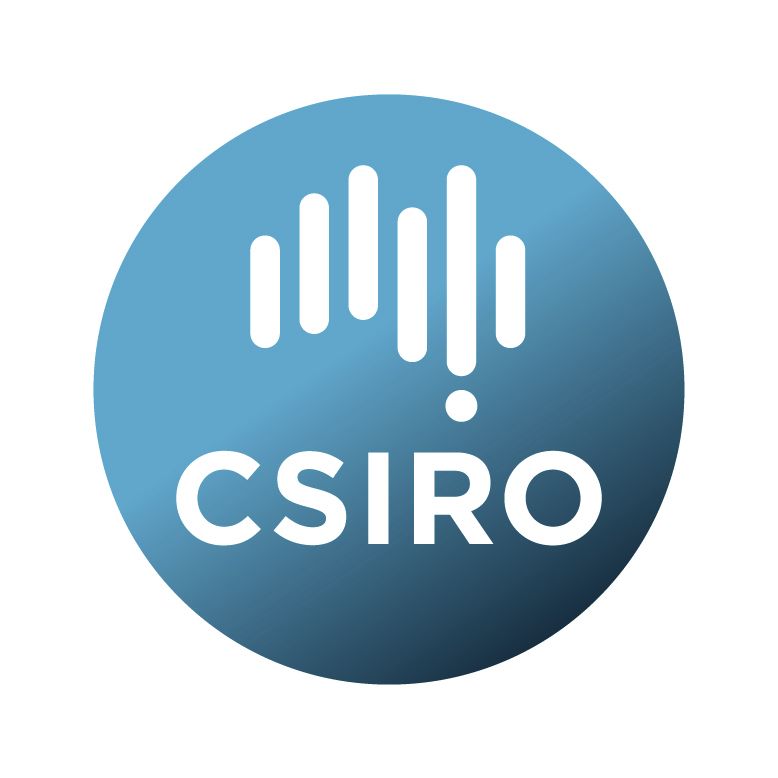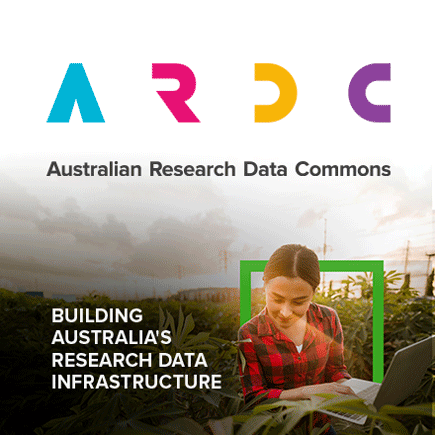Brief description
This is Version 2 of the Australian Soil Sand Content product of the Soil and Landscape Grid of Australia.It supersedes the Release 1 product that can be found at https://doi.org/10.4225/08/546F29646877E
The map gives a modelled estimate of the spatial distribution of sand in soils across Australia.
The Soil and Landscape Grid of Australia has produced a range of digital soil attribute products. Each product contains six digital soil attribute maps, and their upper and lower confidence limits, representing the soil attribute at six depths: 0-5cm, 5-15cm, 15-30cm, 30-60cm, 60-100cm and 100-200cm. These depths are consistent with the specifications of the GlobalSoilMap.net project (https://esoil.io/TERNLandscapes/Public/Pages/SLGA/Resources/GlobalSoilMap_specifications_december_2015_2.pdf). The digital soil attribute maps are in raster format at a resolution of 3 arc sec (~90 x 90 m pixels).
Detailed information about the Soil and Landscape Grid of Australia can be found at - https://esoil.io/TERNLandscapes/Public/Pages/SLGA/index.html
Attribute Definition: 20 um - 2 mm mass fraction of the < 2 mm soil material determined using the pipette method
Units: %;
Period (temporal coverage; approximately): 1950-2021;
Spatial resolution: 3 arc seconds (approx 90m);
Total number of gridded maps for this attribute: 18;
Number of pixels with coverage per layer: 2007M (49200 * 40800);
Data license : Creative Commons Attribution 4.0 (CC BY);
Target data standard: GlobalSoilMap specifications;
Format: Cloud Optimised GeoTIFF;
Lineage: The approach, based on machine learning, predicts each soil texture fraction at 90 m grid cell resolution, at depths 0–5 cm, 5–15 cm, 15–30 cm, 30–60 cm, 60–100 cm and 100–200 cm. The approach accommodates uncertainty in converting field measurements to quantitative estimates of texture fractions. Existing methods of bootstrap resampling were exploited to predict uncertainties, which are expressed as 90% prediction intervals about the mean prediction at each grid cell. The models and the prediction uncertainties were assessed by an external validation dataset. Results were compared with Version 1 Soil and Landscape Grid of Australia (v1.SLGA) (Viscarra Rossel et al. 2015). All predictive and functional accuracy diagnostics demonstrate improvements compared with v1.SLGA. Improvements were noted for the sand and clay fraction mapping with average improvement of 3% and 2%, respectively, in the RMSE estimates. Marginal improvements were made for the silt fraction mapping, which was relatively difficult to predict. We also made comparisons with recently released World Soil Grid products (v2.WSG) and made similar conclusions.
All processing for the generation of these products was undertaken using the R programming language. R Core Team (2020). R: A language and environment for statistical computing. R Foundation for Statistical Computing, Vienna, Austria. URL https://www.R-project.org/.
Code - https://github.com/AusSoilsDSM/SLGA
Observation data - https://esoil.io/TERNLandscapes/Public/Pages/SoilDataFederator/SoilDataFederator.html
Covariate rasters - https://esoil.io/TERNLandscapes/Public/Pages/SLGA/GetData-COGSDataStore.html
Available: 2024-08-28
Data time period: 1950-01-01 to 2021-09-13
Subjects
3-dimensional soil mapping |
Attribute |
Continental |
DSM |
Digital Soil Mapping |
Environmental Sciences |
Global Soil Map |
Raster |
SLGA |
Sand |
Soil |
Soil Maps |
Soil Sciences |
Soil Sciences Not Elsewhere Classified |
Spatial modelling |
Spatial uncertainty |
TERN |
TERN_Soils |
TERN_Soils_DSM |
User Contributed Tags
Login to tag this record with meaningful keywords to make it easier to discover
Identifiers
- DOI : 10.25919/RJMY-PA10

- Handle : 102.100.100/444877

- URL : data.csiro.au/collection/csiro:55735



